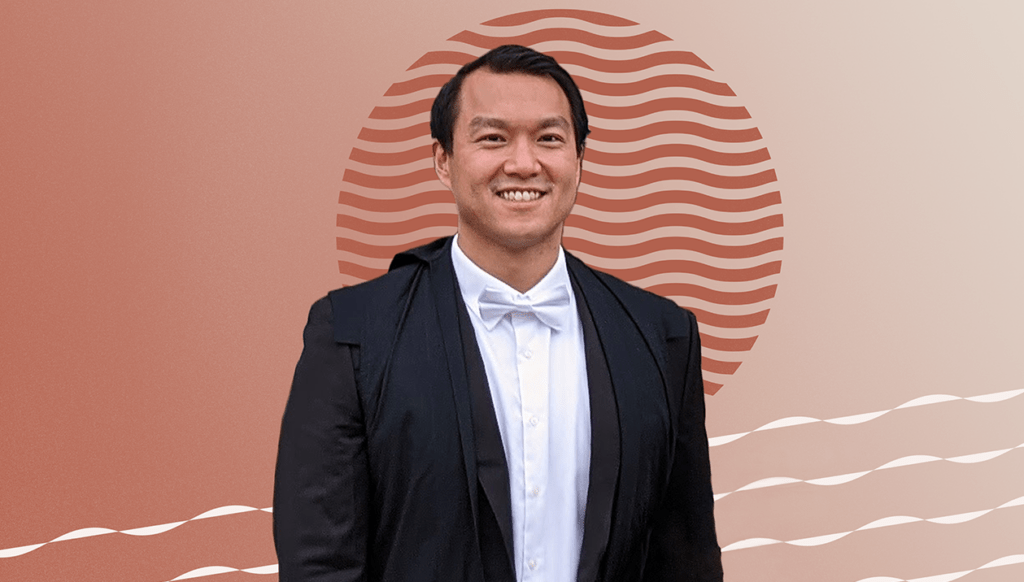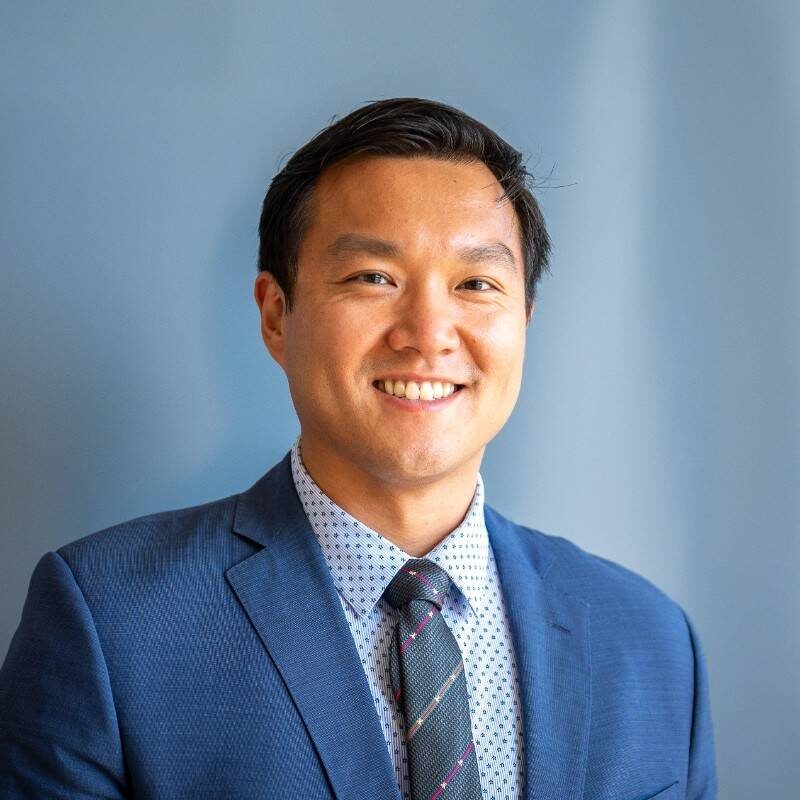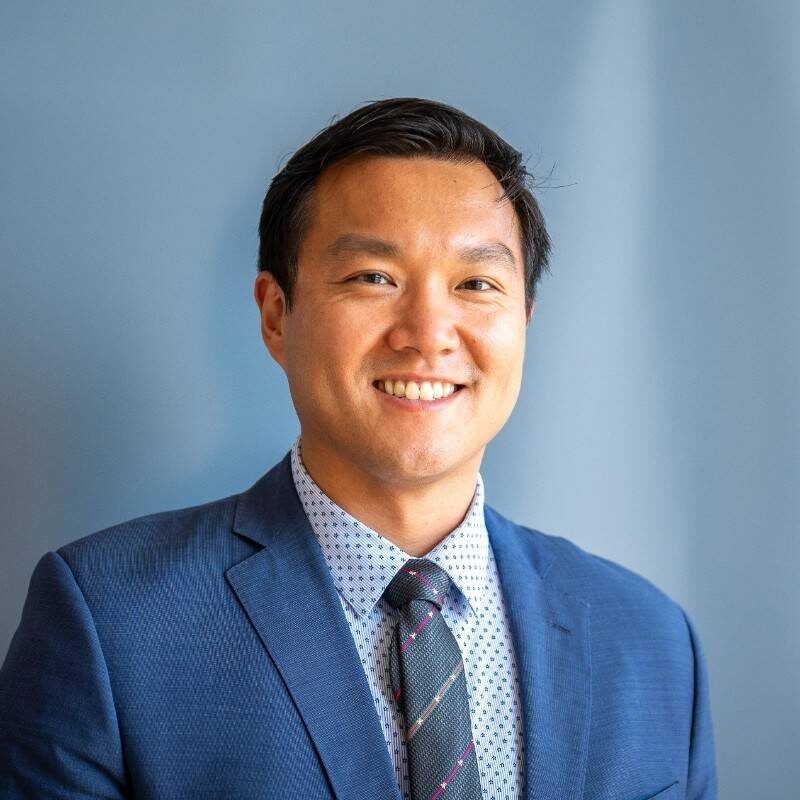
My Journey to Understanding Why Diversity Must Be a Priority to Ensure High Quality Healthcare
I firmly believe that every child’s first dream job is somewhat unrealistic or unattainable. For example, one of my childhood friends was dead set on becoming a Stegosaurus when he grew up—not exactly attainable. But, over time, these fantastical ideas are replaced by more realistic possibilities as we learn from the world around us—the people, our environment, and our shared experiences. I was no different.
The first attainable job I remember wanting involved sports. As a 1990’s kid, I grew up during the crescendo of the Michael Jordan and Chicago Bulls dynasty. I remember watching his “flu” game against the Utah Jazz and realizing that training elite athletes would be the coolest thing ever. As I got a bit older, I fell into the physical therapy and athletic training world much like many other sports therapists—by dealing with my own injuries as an athlete.
My career took off—but it wasn’t fulfilling.
Physical therapy opened so many doors for me. After my fellowship, I took advantage of Oregon’s full direct access environment, moved to the Portland area, and started working with athletes across the spectrum, from the MLB and the NFL to NCAA and the weekend warriors in the largest sports performance facility in the Pacific Northwest. It was amazing to set a goal when I was young, to achieve it, and to realize that it was even better than I could’ve imagined.
After a few years, however, I started getting a sinking feeling when I thought about my future, and I kept asking myself, “What is my purpose?” Sports were fun and challenging, but were they really the end of my journey? I’d toiled nearly 10 years in education to get to that point, and I loved the day-to-day—but I couldn’t shake the feeling that I was missing the big picture.
This came to a crescendo when, one day, a vacationing coworker asked me to see their patient: a 90-year-old man who wanted to pick up his grandchildren. After I finished with my NFL client, I taught that grandfather how to sumo deadlift a kettlebell, working from elevation eventually down to a deficit. This was nearly four years ago, yet I still remember it vividly because I was struck with a realisation: I had spent my entire professional career trying to break into the professional athlete space—but was I helping the people who really needed it?
A few months later, I quit my job.
I took time to reevaluate my priorities.
I needed to do some soul searching, so I went backpacking on the other side of the world. At some point when I was trekking through Australia, I saw that I had missed a call from my older sister who had just given birth to my nephew, and I was struck by a powerful flashback to my early childhood.
I remembered a time when I was really young (maybe three or four years old) when I went to the hospital in rural Virginia with my father, an immigrant to the US. Even at that age, I remember thinking that something was off—the doctors and nurses asked him different questions and gave him shorter answers than the other patients. I thought it was weird that he was treated differently.
I realize now that I was witnessing a gap in the quality of my father’s care—not necessarily due to any ulterior or negative motivation, but due to a misunderstanding of culture, language, and communication. My dad did not get the care he deserved as a human being because his experiences in life were wholly unrelatable to the people treating him. I was just a child, but I noticed it. And this is why I went into medicine; I wanted to help people like my dad because I believed (and still do!) that everyone deserves to receive high quality, egalitarian care. Only later did this morph into a sports medicine dream, but because of my focus on sports, I forgot why I pursued medicine in the first place.
But now I remember.
After that, I pursued my dream to provide egalitarian care to all patients.
I returned to Portland and took a job at a safety net hospital system. For those who don’t know, a safety net hospital treats everyone in society: the uninsured, undocumented immigrants, Medicaid, CHIP recipients, the homeless, and everyone in between. At the same time, I became an educator. I spoke at conferences about the tools and techniques we used at the professional sports level and created a residency-style mentorship program for my hospital. In this way, I was able to take the techniques and quality of care demands of professional sports and bring them to the community level. We worked together through three crises: the homelessness crisis, the mental health crisis, then finally the first wave of the COVID-19 pandemic.
The pandemic set me on a new path.
The first wave was something that I’ll never quite forget. There was so little information about what was good and bad medical practice that the fear was palpable. Even in the outpatient setting, we treated many vulnerable patients—those with autoimmune diseases, those undergoing active chemotherapy and radiation, and those fresh out of emergency surgeries. We were deathly afraid of killing someone by making unforeseen errors. Did we wash our hands enough? Did we sanitize enough? Are our masks on perfectly right? Despite this, my coworkers came to work every day, knowing the risks for themselves and their loved ones.
Let me tell you, the professional sports ecosystem has some dedicated people, but the dedication is different. It’s all about prestige, challenge, and ambition. At the community level, people are truly committed. They’re mission-driven and determined to help the people they interact with every single day.
I realized that there’s no significant progress without scale.
But as the pandemic got worse, I realized something truly humbling: If my educational ecosystem and I reached 100 patients a day, were we really making a difference in a city of millions? The answer was mixed. Our efforts were noble and impactful on a micro level—but it wasn’t scalable to reach millions. As the death toll from COVID-19 mounted and the WHO predicted a three to five year global recovery period, I realized that I wanted to achieve scale.
I applied to the University of Oxford in the middle of the pandemic, and was accepted into the MBA program at Saïd Business School, the first physical therapist accepted into the program in its history. Now, I’m set to graduate in one week, and plan to join IDEA Pharma, a consulting firm based in London that helps pharmaceutical companies discover, position, and launch new medicines around the world.
I’ve come a long way from where I started.
When I tell my story to people, I get a lot of disbelief, and they almost always ask something along the lines of, “How does a kid from the country town of Tappahannock, Virginia end up on this wild life journey?” Well, it all started with going to the hospital with my dad and witnessing inequitable medical care firsthand. It’s amazing how our experiences shape us as we grow and ask questions. The butterfly effect is real!
It’s difficult to not have professional peers who share your life experiences.
I’m not going to lie—being a minority in our profession has been challenging. In my PT school classes, there were roughly 15 minorities out of a class of 55. Throughout my career, I’ve met close to 500 physical therapists who worked in various roles, functions, and regions. I’m comfortable saying that about 50 of them were minorities—if that. Organizations that espoused diversity and inclusion passed me over for promotions. I even remember asking my boss if he knew any minority members in senior leadership I could talk to for career advice, and he directed me to one white woman who was married to an Asian man—because that organization had no minorities in leadership positions. Why is this important?
- Psychologically, people need to see that their dreams can become a reality. If nobody who looks like you, thinks like you, or acts like you has achieved what you want to achieve, is your dream even possible?
- Externally, our patients come from all walks of life. Technical skill is important, but no patient will remember if you did a C4/C5 opening manipulation 72% or 89% correctly. What they will remember is how you made them feel.
We need to diversify our industry so we can better connect with patients.
Patients come to see us when they’re most vulnerable. They are afraid, in pain, and have been shuffled around a medical system wherein the average MD visit lasts three minutes, and occurs twice a year. PTs spend significantly more time with patients (the average PT case lasts 6 weeks and occurs 2–3 times per week for 30–45 minutes). The amount of time we get to spend with our patients creates an opportunity to build trust, which is essential for large-scale change.
But, if we cannot earn the trust of our patients, how can we do our jobs effectively? At the end of the day, improving professional diversity is about building trust: Can we earn the trust of patients who come from all walks of life, enabling us to help them best? One of my business school classmates from Nigeria says it this way:
“Africa is proud and diverse, a continent of many countries and cultures—yet the western world sees Africa as a single block. We hate it when Europeans or Americans who have never been to Africa try to swoop in and save us because they ‘know better.’ It is disrespectful, self-serving, and unsustainable. We don’t need your money. We want your collaboration.”
There are many parallels to this in the PT world in regards to diversity; the more unique viewpoints we have, the better we can understand patients and pinpoint the root of their pain. Does your shoulder hurt because of a rotator cuff strain, or is your stress elevated because your son was just unlawfully deported by ICE? (Yes, that’s a true story.) This is the human element of our profession, and humans come in all shapes, sizes, and backgrounds.
We must work together to accomplish these goals.
To be clear, this is not a slight against our peers who do not come from a minority background. In fact, I’ve worked with several people who are perfectly aware of their privilege and actively work to empower others. Kudos to people like them: You are some of the most important members of our profession because your honesty and advocacy sets the stage for the next generation. We need you. Please don’t feel alienated. Without you, this cycle will never end.
And that’s what this is about: Helping the PT profession grow to include people who may have been excluded from the industry due to educational or financial barriers. Healthcare is evolving more rapidly than ever, and so is our patient population. It’s all hands on deck, and we cannot afford to exclude high-quality talent anymore. We can do better; we will do better; and we will do it together.
Special thanks to Heidi Jannenga for being a trailblazer in our profession and giving me the opportunity to contribute to the Rizing Tide Foundation and its mission. Just remember, help is always available to those who ask.
All the best.
Jonathon Lee is a graduate of the University of Oxford’s Saïd Business School and a U.S. residency- and fellowship-trained Doctor of Physical Therapy. He is passionate about the convergence of healthcare, technology, and business as a platform for the future of equitable and accessible healthcare.

